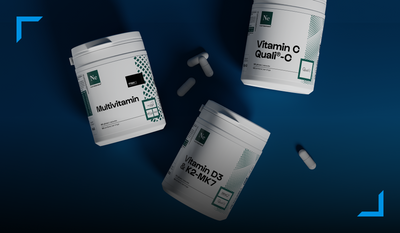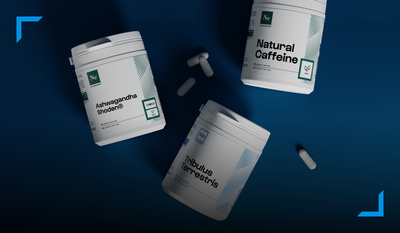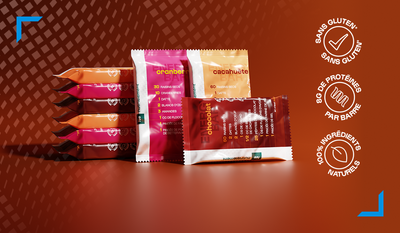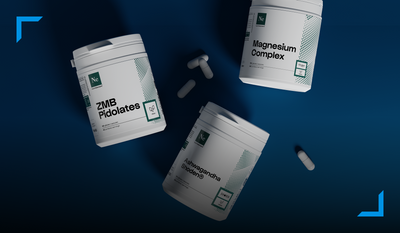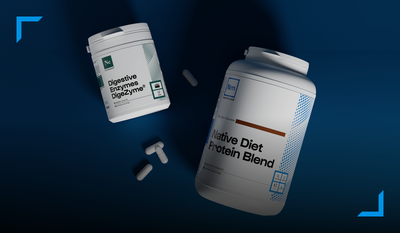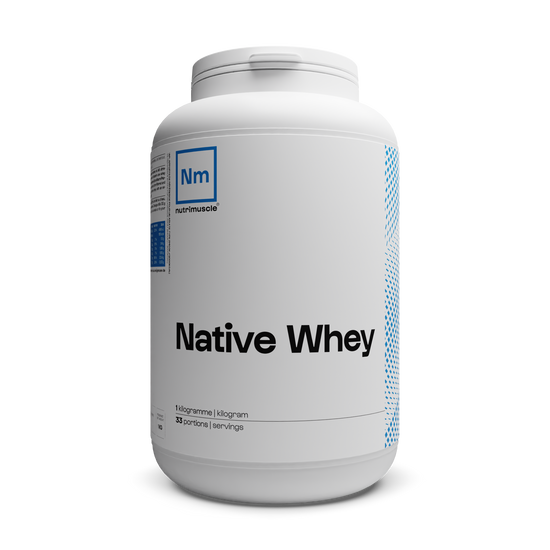0 commentaires
Nutrimuscle invites you to learn more about carboxymethylcellulose, or CMC. Why is there carboxymethylcellulose in whey? Here are many details and information.
Table of Contents
- Is Your Protein Hiding Things From You?
- Why is there carboxymethylcellulose in whey?
- New findings on the dangers of carboxymethylcellulose
- How does intestinal disruption occur?
-
Nutrimuscle's position on the addition of carboxymethylcellulose to proteins
Is Your Protein Hiding Things From You?
When looking at the composition of a protein powder , it's worth starting at the bottom of the ingredient list. It's at the very bottom that you'll find the substances with the most exotic names, which make you wonder why they're there.
As a general rule, the longer the list of additives, the more suspicious you should be.
Why is there carboxymethylcellulose in whey?
Protein powders like whey are quite insoluble in liquid (water or milk). If you shake them with a shaker, they start to foam significantly.
Whey can be forced to dissolve well in water without foaming by adding a synthetic gel (carboxymethylcellulose) and a surfactant (most often a soy extract) that attracts water. The combination of surfactant and carboxymethylcellulose (CMC) makes whey perfectly soluble.
The consumer has the impression that this whey is of very high quality, because it literally melts in water. Very good, but at what cost to the user's health?
New findings on the dangers of carboxymethylcellulose
Disruption of the intestinal flora is involved in many health problems such as obesity or metabolic disorders. For example, when you give extracts of intestinal flora from an obese person to a thin person, the latter will quickly gain fat.
CMC in mice
Adding carboxymethylcellulose (CMC) to the diet of healthy mice induces a similar change in their intestinal flora. Appetite increases, and the ability to extract and absorb calories from food increases. The activity of pro-inflammatory genes is also stimulated by CMC. This results in metabolic disorders, hyperglycemia, and obesity.
In mice with intestinal disorders, CMC worsens the situation and leads to chronic colitis.
How does intestinal disruption occur?
A thick mucus that acts as a protective barrier separates the bacteria from the intestine itself. This prevents the intestinal bacteria from accessing the cells of the intestine. Carboxymethylcellulose (CMC), which acts as a detergent, provides this access to the bacteria. The latter directly attack the intestinal cells, causing chronic inflammation.
Another effect of CMC is to alter the composition of the intestinal flora by increasing the concentration of pathogenic bacteria and those less favorable to good health.
Researchers (1) believe that chronic inflammation in the digestive system causes people to overeat, making it easier to gain fat.
Limitations of the CMC study
It should be noted that the addition of carboxymethylcellulose (CMC) to food is completely permitted as a food additive. It is also hidden under the name E466.
CMC advocates explain that this study only involves high doses of CMC, which correspond to 150 g of CMC per day.
However, even though we don't consume as much CMC as in the study, we consume it throughout our lives.
Proteins enriched with carboxymethylcellulose
If your protein is "enriched" with carboxymethylcellulose (CMC), you will be consuming CMC every day, or even multiple times a day, for years. So you will be constantly exposed to CMC. This will be in addition to the CMC found in many processed foods.
As an aside, low-gluten products are often "enriched" with CMC, because it is necessary to somehow compensate for the culinary effects that gluten brings to dishes or prepared foods. Winemakers also put it in wine...
Nutrimuscle's position on the addition of carboxymethylcellulose to proteins
Nutrimuscle has always refused to add carboxymethylcellulose (CMC) to its proteins, and more broadly to all its food supplements. Nutrimuscle therefore guarantees the absence of CMC in its nutritional supplements.
As a result, Nutrimuscle native whey foams more than CMC-modified whey, but the consumer does not take any unnecessary health risks.




